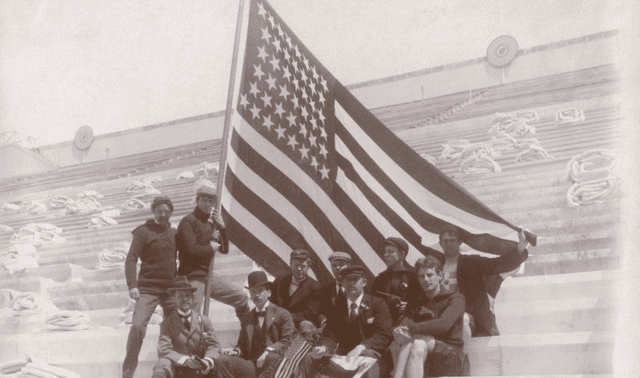Understanding the Julian and Gregorian calendars
In the late 16th century, Pope Gregory XIII (1502-1585) authorized the Gregorian calendar—the international standard today—to replace the old Julian calendar dating back to Caesar’s time. Under that calendar, a discrepancy in the math had caused Easter, whose date is based on lunar cycles and the first day of spring, to drift into the wrong season.
Gregory’s revised calendar restored religious holidays to their proper dates. To “reset” time, he adjusted leap year, then ordered 10 days removed from the calendar. So Oct. 5, 1582, instantly became Oct. 15.
Although some countries adopted the Gregorian system quickly, many retained variations of the old Julian system. For example, England and its American colonies didn’t “go Gregorian” until 1752.
What it means for your genealogy research
That switch could require some revolutionary calendar work for your Colonial ancestry. Examples of problems you might encounter:
- American dates before Sept. 2, 1752, are Julian dates. That makes them 11 days behind the rest of Europe at that time—and the calendar we use today. (By the time the Colonies adopted the Gregorian calendar, they had an extra day of catching up to do.) For example, we celebrate Washington’s birthday on Feb. 22, but he was actually born Feb. 11.
- History says Washington was born in 1732, but he would say 1731. In those days, the English year began not on Jan. 1, but on March 25 (called Lady Day). For the genealogist, this can cause real confusion: Say your Boston relative was born Feb. 23, 1747, and baptized April 23, 1748. Ordinarily, we would count that as 14 months. In fact, it’s just two months—the calendar at the time “turned” March 26.
- Your kin’s birth date might appear on records as “Feb. 23, 1747/8.” Was the clerk uncertain of the year? No—some Colonial clerks attempted to record both the Julian and Gregorian years. The date also might show up as 1747OS (for “Old Style”) or 1748NS (“New Style”). For example, Thomas Jefferson’s epitaph reads “born April 2, 1743 OS, died July 4, 1826.” These double dates can turn up on anywhere the years bridge old and new timekeeping.
Our best advice: Don’t convert in your head. If you find a pre-1752 date, write it exactly as you found it. Then access an Old Style-New Style Julian converter—not just any Julian converter; it also must account for old New Year’s Days. Just type in the Julian date; a modern Gregorian date pops out.




